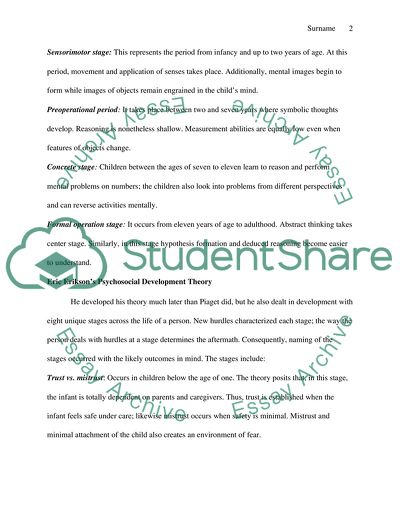Cite this document
(Jean Piaget and Erik Erikson's Works on Child Psychology Essay, n.d.)
Jean Piaget and Erik Erikson's Works on Child Psychology Essay. https://studentshare.org/psychology/1775613-research-jean-piaget-and-erik-erikson-work-on-child-psychology-make-comparisons-and-parallels-in-their-work
Jean Piaget and Erik Erikson's Works on Child Psychology Essay. https://studentshare.org/psychology/1775613-research-jean-piaget-and-erik-erikson-work-on-child-psychology-make-comparisons-and-parallels-in-their-work
(Jean Piaget and Erik Erikson'S Works on Child Psychology Essay)
Jean Piaget and Erik Erikson'S Works on Child Psychology Essay. https://studentshare.org/psychology/1775613-research-jean-piaget-and-erik-erikson-work-on-child-psychology-make-comparisons-and-parallels-in-their-work.
Jean Piaget and Erik Erikson'S Works on Child Psychology Essay. https://studentshare.org/psychology/1775613-research-jean-piaget-and-erik-erikson-work-on-child-psychology-make-comparisons-and-parallels-in-their-work.
“Jean Piaget and Erik Erikson'S Works on Child Psychology Essay”. https://studentshare.org/psychology/1775613-research-jean-piaget-and-erik-erikson-work-on-child-psychology-make-comparisons-and-parallels-in-their-work.


